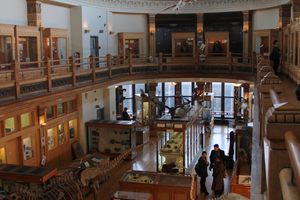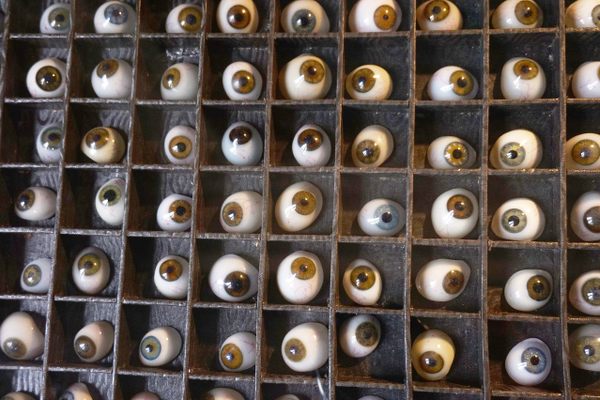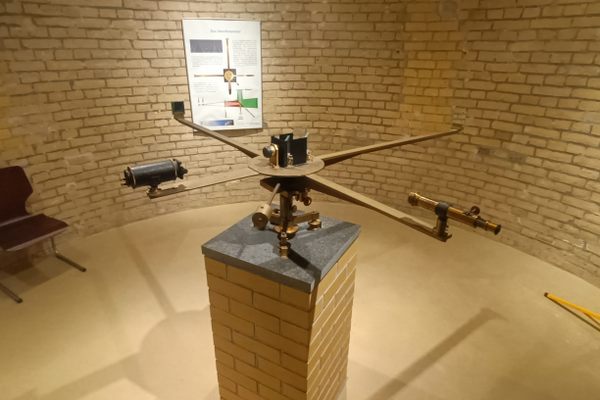About
"All science is either physics or stamp collecting." - E. Rutherford
The Rutherford Museum contains a collection of the actual apparatus created and used to study radioactivity by Ernest Rutherford, a 1908 Nobel Chemistry Prize winner, when he was Professor of Experimental Physics at McGill, 1898-1907.
His instruments on display are quite simple to the untrained eye – but in their simplicity lies their wonderful functionality and utility. These items were not created for beauty, but as tools – as means to an end. Often during this time in history, apparatus like these would be dismantled, their pieces being used for other experiments, which was known as "cannibalizing the apparatus." However, a colleague of Rutherford, recognizing the work of a pioneer in his field, insisted that his instruments stay in one piece for posterity, and there they remain, in the same building they were created in over 100 years ago.
The McPherson Collection, located in the very next room, is the other side of the coin. The collection comprises a large number of physical instruments and apparatus dating from the mid-19th century to about 1920, most of which were created for teaching and display.
They contain all of the beauty that Rutherford's pieces lack. Shiny brass stands and rich polished wood, beautiful refracting lenses and huge prisms; these pieces are grand and impressive. But for all their beauty many of the instruments are simple teaching tools, not particularly important in terms of scientific advancement. In these two collections the beautiful but unimportant and the ugly but essential stand side by side, bringing one's senses of history and aesthetics into competition.
Both museums are open by appointment only. Contact the curator, Professor J. Barrette, at curator [at] physics.mcgill.ca to schedule a viewing. If he has time, the professor himself will lead visitors through the two museums, pointing out interesting items, opening cabinets to give a closer look, and he will even pull out a few special items to show details in their design.
Related Tags
Published
April 2, 2013






































